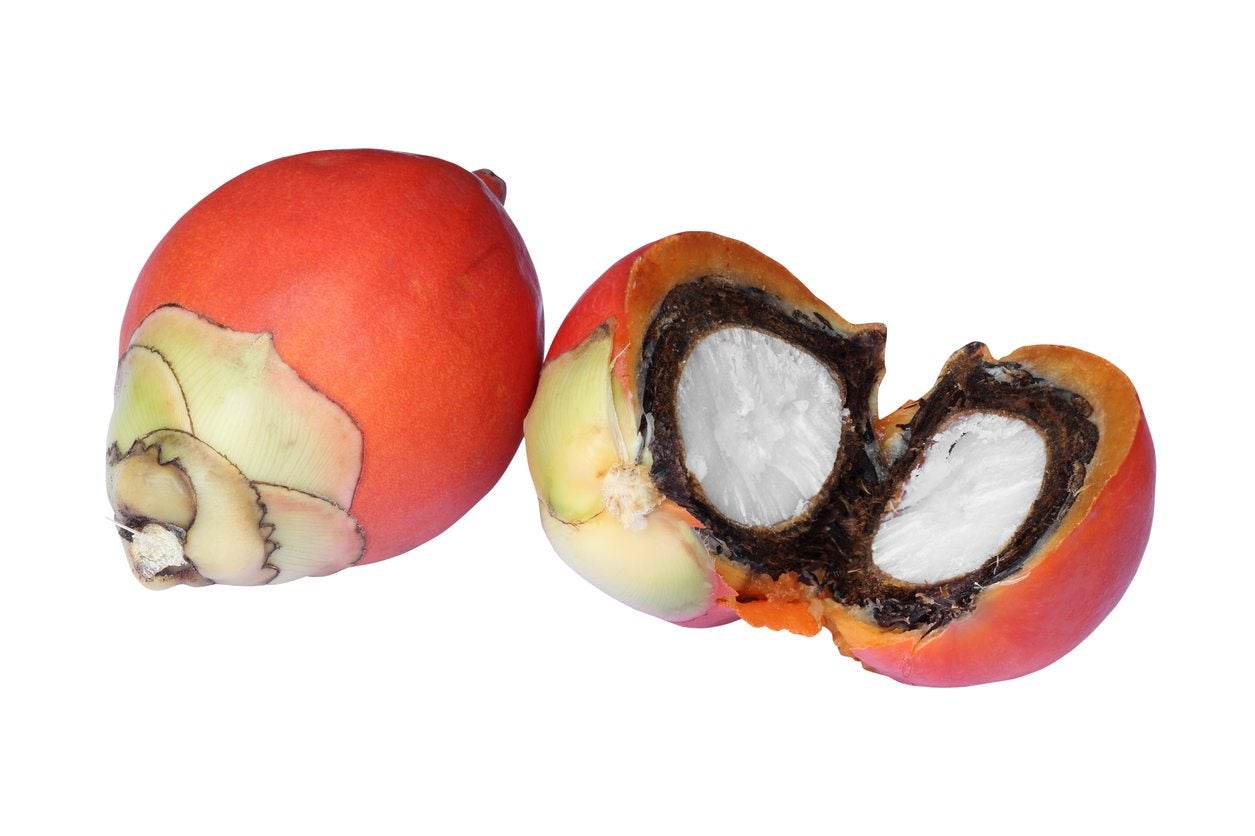Picking Foxtail Palm Seeds – How To Collect Foxtail Palm Seeds


Native to Australia, foxtail palm (Wodyetia bifurcata) is an attractive palm tree with a rounded, symmetrical shape and a smooth, gray trunk and tufted fronds that resemble foxtails. This Australian native is suitable for growing in USDA plant hardiness zones 10 and 11. Common means of propagation such as cuttings, division, or air layering aren’t usually effective, so if you want to propagate a foxtail palm, seeds are your best option. That project often involves picking foxtail palm seeds and planting them when they’re fresh. Harvesting foxtail palm seeds is easy. Read on to find out how.
How to Collect Foxtail Palm Seeds
Bright red foxtail palm fruit, about the size of small tomatoes, grow in large clusters, with a single seed in each mature fruit. Picking foxtail palm seeds is best when the seeds are unblemished and overripe, as very ripe seeds are more likely to germinate. Soak the seeds in warm water for 48 to 72 hours to loosen the pulp. Change the water daily. Discard any seeds that float to the top and keep the ones that sink to the bottom. Floating seeds lack an endosperm and will not germinate. Rinse the seeds to remove any remaining pulp, then dip them in a solution of one part bleach to ten parts water. Rinse thoroughly. At this point, it’s necessary to scarify, or rough up the seeds, which mimics the natural course of events when seeds drop from high in the tree. To scarify the seeds, rub them gently with sandpaper or a file, or nick the outer coating with the tip of a knife. Don’t apply too much pressure. Plant the seeds in your garden immediately, as foxtail palm seeds don’t store well. The fresher, the better. Alternatively, you can propagate a foxtail palm indoors.
How to Propagate a Foxtail Palm Indoors
Plant fresh foxtail palm seeds in a container filled with a moist, sandy, well-drained potting mix. The pot should be at least 6 inches (15 cm.) deep, although 10 to 12 inches (25-31 cm.) is even better. You can plant several seeds in a pot, not touching, or you can plant a single seed in a pot. Plant the seed horizontally. Some gardeners plant the seed with the top of the seeds exposed, others prefer to cover the seeds with about ¼ inch (6 mm.) of potting mix. Place the pot in a plastic bag. Unless you have a greenhouse or you live in a very warm climate, you’ll need to place the pot on a heat mat set to 86 to 95 degrees F. (30-35 C.). Germination generally takes one to three months but may take as long as a year. The heat mat will speed the process substantially. Keep the potting mix lightly moist at all times, but never soggy, as too much moisture will rot the seed. The seeds may look a little shriveled and worse for wear by the time germination occurs, and they may even look dead. Don’t give up. This is normal. Once the seed sprouts, move the pot to a warm, humid area in your house and mist the seedling often. A bathroom or kitchen is often a good location. Transplant the seedling outdoors in spring or summer when it has at least three to four sets of leaves.
Sign up for the Gardening Know How newsletter today and receive a free copy of our e-book "How to Grow Delicious Tomatoes".

A Credentialed Garden Writer, Mary H. Dyer was with Gardening Know How in the very beginning, publishing articles as early as 2007.